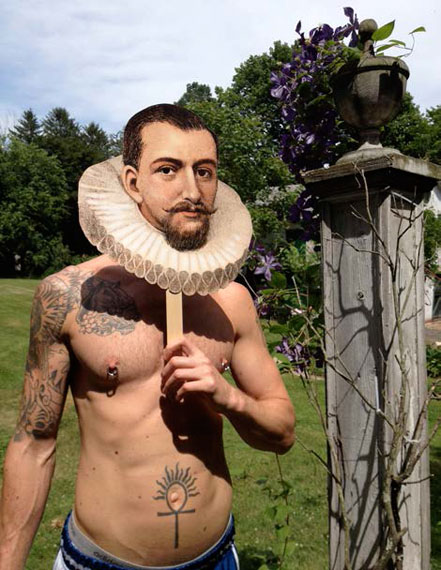
Archival C-prints, 51 x 41 cm, edition of 10
“l’ère vulgaire passera”
Andreas Fux » Aleksandr Schumow » Slava Mogutin & Brian Kenny (aka SUPERM) »
Exhibition: 28 Nov – 21 Dec 2013
Pop Up Galerie Esther Woerdehoff
16 rue du Perche
75003 Paris
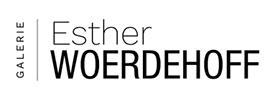
Galerie Esther Woerdehoff
36 rue Falguière
75015 Paris
+33(0)9-51 51 24 50
galerie@ewgalerie.com
www.ewgalerie.com
Wed-Sat 12-19
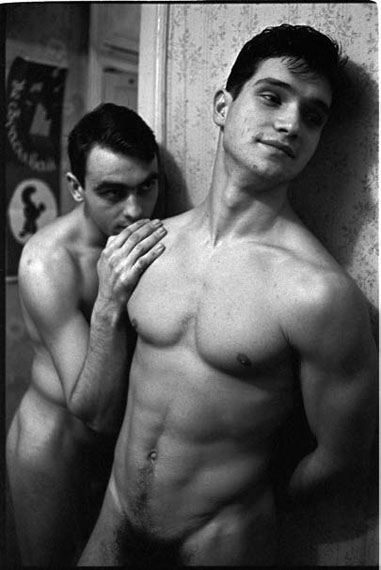
Fiber-base silver gelatin print, 50 x 40 cm, edition of 3
“l’ère vulgaire passera”
Exhibition: November 28 – December 21, 2013
Esther Woerdehoff Gallery presents an unconventional exhibition conceived by guest curator Patrik Schedler.
The exhibition will be exceptionally hosted far from the fifteenth arrondissement in a pop-up space located in the Marais. The art critic Patrik Schedler has been managing the estate of the Swiss photographer Karlheinz Weinberger, whose extraordinary portraits of young rebels in Zurich during the sixties were exposed several times at the gallery and in art fairs.
With this exhibition entitled “l’ère vulgaire passera” (the vulgar era shall pass), a reference to the French Revolution, Patrik Schedler offers a very personal view, with a true resonance to what has been happening in the news lately. Through the works of four photographers, he shows how the Revolutions of 1989, putting an end to the authoritarian regimes in the USSR and East Germany had a dramatic impact on mentalities, society, history and art.
For the past few months, the hardening of Vladimir Putin’s regime has been accompanied by a repression which affects all those who emit a dissenting voice (Pussy Riot, journalists, activists). This repression has particularly struck the gay community, with the law against homosexual “propaganda” voted this summer. Attacked by human rights activists, this law and the anti-blasphemy law that was voted by the Russian parliament condemn social changes now accepted in most Western democracies.
The photographs of the Russian Aleksandr Schumow, the German Andreas Fux, Slava Mogutin (a Russian political refugee) and his partner Brian Kenny (American born on a military base in Germany) offer extremely diverse artistic approaches but all refer to the consequences of 1989. Between the Russian soul of Schumow’s cabinet of curiosities, the presence of the male body between the past and the present of Berlin in the beautiful black and white prints of Fux and the reckless energy, burlesque and colorful of Kenny and Mogutin’s work, Patrik Schedler presents an exhibition with a committed message, an evidence of the multiple possibilities of photography as a social, political, erotic medium in a context where censorship is standing close.
�
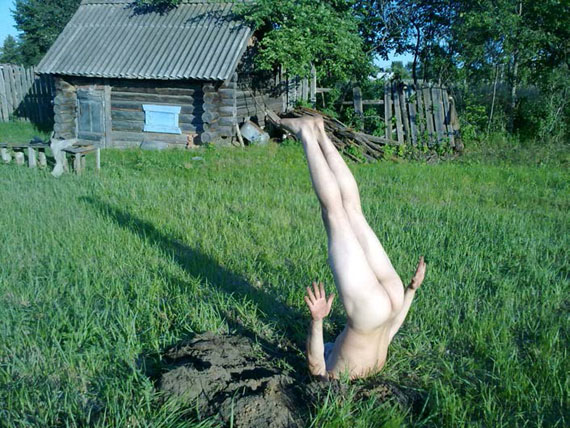
C-print, 45 x 61 cm, edition of 6
In 1792, revolutionary France establishes the Republican calendar and thereby puts an end to the subsequently called “l’ère vulgaire1” (E.V). In 1989, another Revolution eliminates Stalinism in Russia and East Germany. This is the beginning of a new era for the youth of Eastern Europe but also for the West where the awareness of an historic paradigm shift raises.
The exhibition “ l’ère vulgaire passera “ shows the work of four photographers who echo this major shift.
Aleksandr Schumow was born in 1960 in Moscow. He studied art history at the Lomonosov University. Shortly after the fall of the USSR, he began to show his artistic work in Russia and Switzerland, with photographs, performances and exhibitions he curated. Under the name Supremus, he publishes art books and articles in art magazines. He now lives and works between Moscow and Zurich.
Andreas Fux was born in East Berlin in 1964. His photographic work focuses on how the human individual becomes his own artistic creation. Berlin is an urban quintessential of the tension between vulgarity and originality of the social upheavals of the past thirty years. It is this tension experienced by the individual that Fux photographs.
Slava Mogutin was born in 1974 in Siberia. At the early age of 14, he left his family, went to Moscow and became a legend of the Revolution and a pioneer in the struggle for gay emancipation. His work as a journalist and activist led the new regime, authoritarian and fascist, to treat him as an enemy of the state. He is one of the first person to be granted political asylum in the United States because of his homosexuality. In the United States, he met Brian Kenny, born in 1982 in Heidelberg on a U.S. military base. Brian Kenny grew up in a family of soldiers, first aiming a career as a professional athlete he eventually became an artist. Since 2004, Brian Kenny and Slava Mogutin have been working together in the art team Superm.
The biographies of these four artists are marked by the consequences of the events of 1989.
From a historical perspective, there has been an incomprehensible dynamics that followed the fall of the Berlin wall spread to the public with the commercial and cultural development of the Internet. All our contexts of meaning got mixed up.
In the whirlwind of the disappearance of the old order, new forms emerged based on an aesthetic liberated from the vulgarity of the past.
In every homogeneous society of the past, homosexuality has always been suppressed. It is only in a twofold movement, on one hand with the sexual liberation dismissed by the terrible AIDS epidemic and on the other hand with the huge social and political upheavals of the 1989 revolutions and of the digital revolution, that new lifestyles emerged in the prosperous, social and humanistic European democracies, where legislative frameworks have finally anchored these new realities in society.
If the homosexual desire can be seen as an epiphenomenon of the big story, by this creativity and diversity, new beauties, new perceptions and new social paradigms have already emerged.
The artists of this exhibition are the sons of these changes and they are also excellent designers of the new aesthetic idols. As children, they grew up in an environment that now belongs to the past, but as teenagers and young men they found the opportunity to live their lives in freedom, beauty and pride. Their works explore a heuristic vision and desire. Like pioneer plants, they have taken root in the cracks and crevices of the ancient world and from a scarce rotted humus they grow in freedom and thrive in an unrivaled vitality. The authenticity of these images tells those who do not see and do not understand, what these revolutions of 1989 have meant through the gloomy fog of decadence. Signs have changed, poles are reversed. A charge transfer took place.
This exhibition is a personal perspective - from the temporary record of my own thirty years confrontation with photography (and painting 2). Above all, I want to share and show what I like. My interest in art is first for beauty and then for the observation and representation of “life as it is lived”.
Theses three or four artistic approaches (Mogutin and Kenny work individually) evolve on the border between narrative figuration and abstraction3.
I discovered Aleksandr Schumow more than ten years ago as an artistic photographer who invents the aesthetic condition of our time with a typical eastern perspective. We find in his work, with great sensitivity and warmth, the piercing narrative force and a certain dramatic irony first tangible in Russian literature.
My relationship with Andreas Fux is a friendship of 15 years and I appreciate his work for its aesthetic pursuit of accuracy in the composition that yet succeeds to remain pictorial and manages to make visible the surrealism of reality. To go on with the linguistic metaphors, Fux’s work speaks German, with the depth and relevancy Martin Heidegger evoked in his famous quote that says that whosoever begins to think is learning German.
I discovered Brian Kenny and Slava Mogutin more recently, when I worked together with the photographer and publisher Martynka Wawrzyniak on a book of Karlheinz Weinberger photographs whom I manage the estate. The eruption of the Eyjafjallajökull volcano in Iceland delayed the departure of Martynka and so we had time to talk about art photography and philosophy, this is when she drew my attention on Mogutin.
Slava Mogutin comes from Russia and has now been living in New York for many years. For several years he pursues his artistic work together with his partner Brian Kenny. The visual world created by the two multimedia artists shows an explosion of ideas and interpretations I strongly associate with surrealism and its precursors, in particularly with the imaginary worlds of Baudelaire and Rimbaud, Bataille, Leiris and Hans Bellmer, but without their drastic severity and sometimes dripping depression. They transform the visual legacy of the forbidden into a playground of desire, sometimes funny, but also filled with gravity.
For these three - or four - embedded artistic approaches: the narration, the thinking and the play with depth and surface, form and content and the diverse lusts and forms of desire - dicipher a big part of my own life. Theses are my examples on how to express it in artistic photography and its exhibition !
(Text: Patrik Schedler, Warth, Switzerland)
�
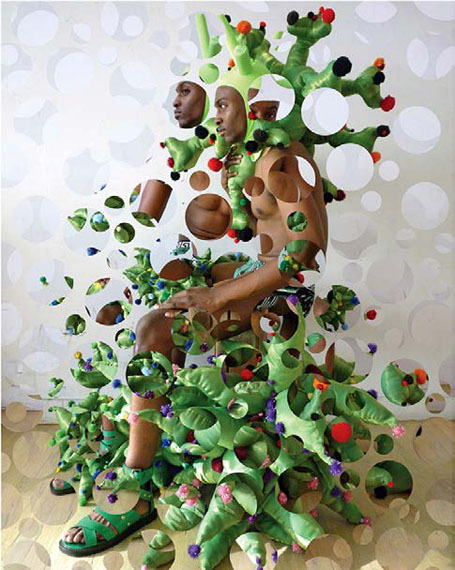
C-print, 61 x 51 cm, edition of 10
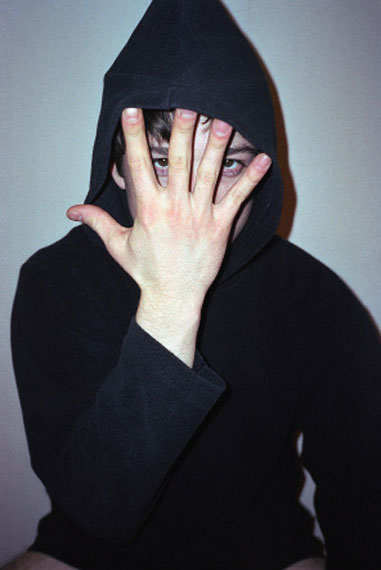
C-print, 74 x 50 cm, edition of 6